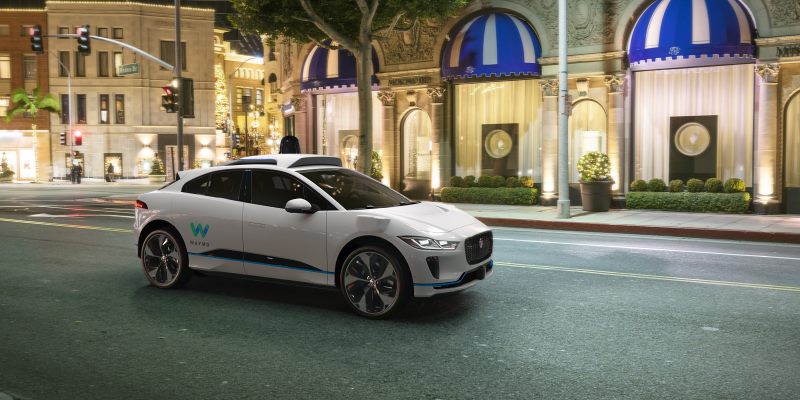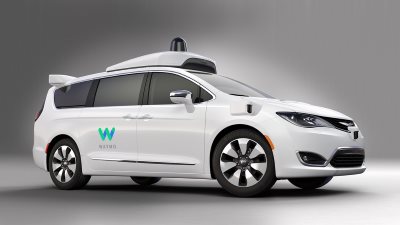
Self-driving cars may be a long way way from being a public product, but their prototypes are definitely out there in the wild. With self-driving cars being a key area of research and development for large giants such as Google and Uber, it begs the question: how does a driverless car work? What can a driverless car do that makes a human-driven car redundant?
Sensing the Surroundings
Before a driverless car can even consider leaving the garage, it has to be able to detect its surroundings. If it takes a road map and follows it blindly, it won’t get far before it collides with a car, obstacle, or even people.
As such, a smart car is armed with a huge array of sensors to ensure nothing goes wrong during the trip. Lasers are used to detect curbs, cameras are used to find traffic lights and road signs, and sonar is used to find other cars around it.
Of course, each technology giant will have their own way of mapping out the world around them, so not every smart car will use the same tech. Waymo released the video above that shows how their cars scan the world around them.
Communicating with the Surroundings

IoT self-driving cars go beyond simply scanning the surroundings. Why rely on sensors and lasers when you can talk with the surrounding objects? This way the car can get information on what’s happening the moment a decision has been made.
Imagine a fleet of smart cars all driving down a highway together. When one car goes to change lanes, it lets the cars around it know. The cars in the other lanes then adjust their speed to give the moving car room to change lanes.
Self-driving cars that are stuck in a traffic jam can report their status to the cloud. This would then alert every other car that there’s a traffic jam on that road, so it’s best to find an alternate route while the blockade clears up.
Are Driverless Cars Close to Public Use?

Not really! Companies have sprung up to capitalize on the potential of driverless cars in the future. At the moment, they’re focusing on designing automated taxi services before giving them to the public.
Even then, however, they are having issues trying to get an automated taxi service off of the ground. They’re quite sluggish compared to human drivers and often foul up the roads instead of clearing them up. It may be a while until we see a driverless service really take off.
The future isn’t too bleak for them, though. With the development of 5G on the horizon, driverless cars will be able to send large amounts of data at very high speeds to one another. This will hopefully give them the power needed to make snappier decisions faster and improve the service as a whole.
Self-Driven Motors
While we won’t be putting our feet up and letting our car do the driving, the future of driverless cars isn’t totally dark. Now you know how they work and why they’re not currently sitting in our garages.
Would you buy a driverless car? If not, what would it take for you to get one (if anything)? Let us know below.









